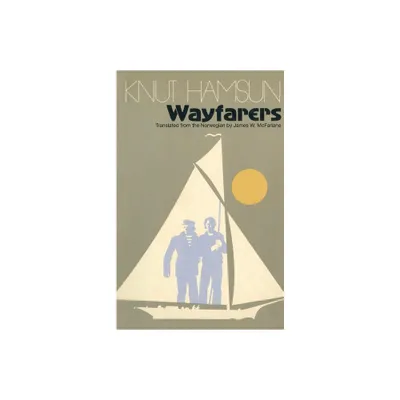Home
Wayfarer
Loading Inventory...
Barnes and Noble
Wayfarer
Current price: $15.99


Barnes and Noble
Wayfarer
Current price: $15.99
Loading Inventory...
Size: OS
*Product Information may vary - to confirm product availability, pricing, and additional information please contact Barnes and Noble
Jan Garbarek's 1983 release, WAYFARER, is characterized by ethereal soundscapes, spacious ensemble playing, and post-Coltrane licks combined with Nordic folk music.
Featuring the gifted, idiosyncratic guitarist Bill Frisell and longtime associate Eberhard Weber on bass, this album bears a distinct resemblance to Garbarek's PATHS, PRINTS, which was released only a couple of years earlier. The major difference between the two albums is the presence of Michael DiPasqua on drums, rather than John Christensen.
While the compositions on WAYFARER are played with a little more gusto, we hear the same general approach to the quartet setting here. Garbarek's playing is marked by long, mournful phrases, and his group rarely falls into any groove. Then again, grooves aren't the point with this kind of jazz. Garbarek's goal is to create playful interaction through experiments with tone color, rhythm, and a variety of musical textures, heard best on the exquisitely lopsided, "Pendulum" and on the vibrant title track.
Featuring the gifted, idiosyncratic guitarist Bill Frisell and longtime associate Eberhard Weber on bass, this album bears a distinct resemblance to Garbarek's PATHS, PRINTS, which was released only a couple of years earlier. The major difference between the two albums is the presence of Michael DiPasqua on drums, rather than John Christensen.
While the compositions on WAYFARER are played with a little more gusto, we hear the same general approach to the quartet setting here. Garbarek's playing is marked by long, mournful phrases, and his group rarely falls into any groove. Then again, grooves aren't the point with this kind of jazz. Garbarek's goal is to create playful interaction through experiments with tone color, rhythm, and a variety of musical textures, heard best on the exquisitely lopsided, "Pendulum" and on the vibrant title track.


















